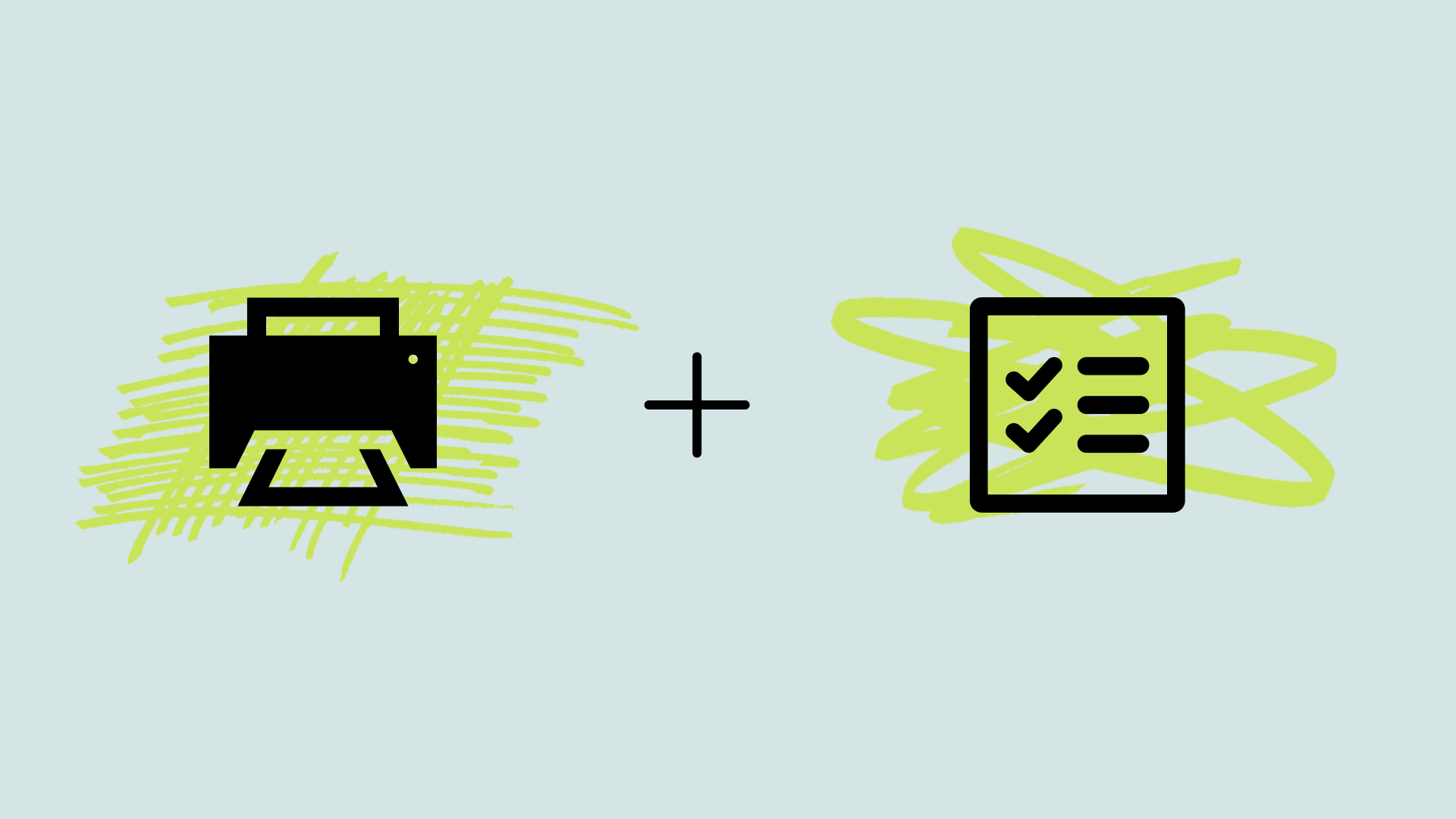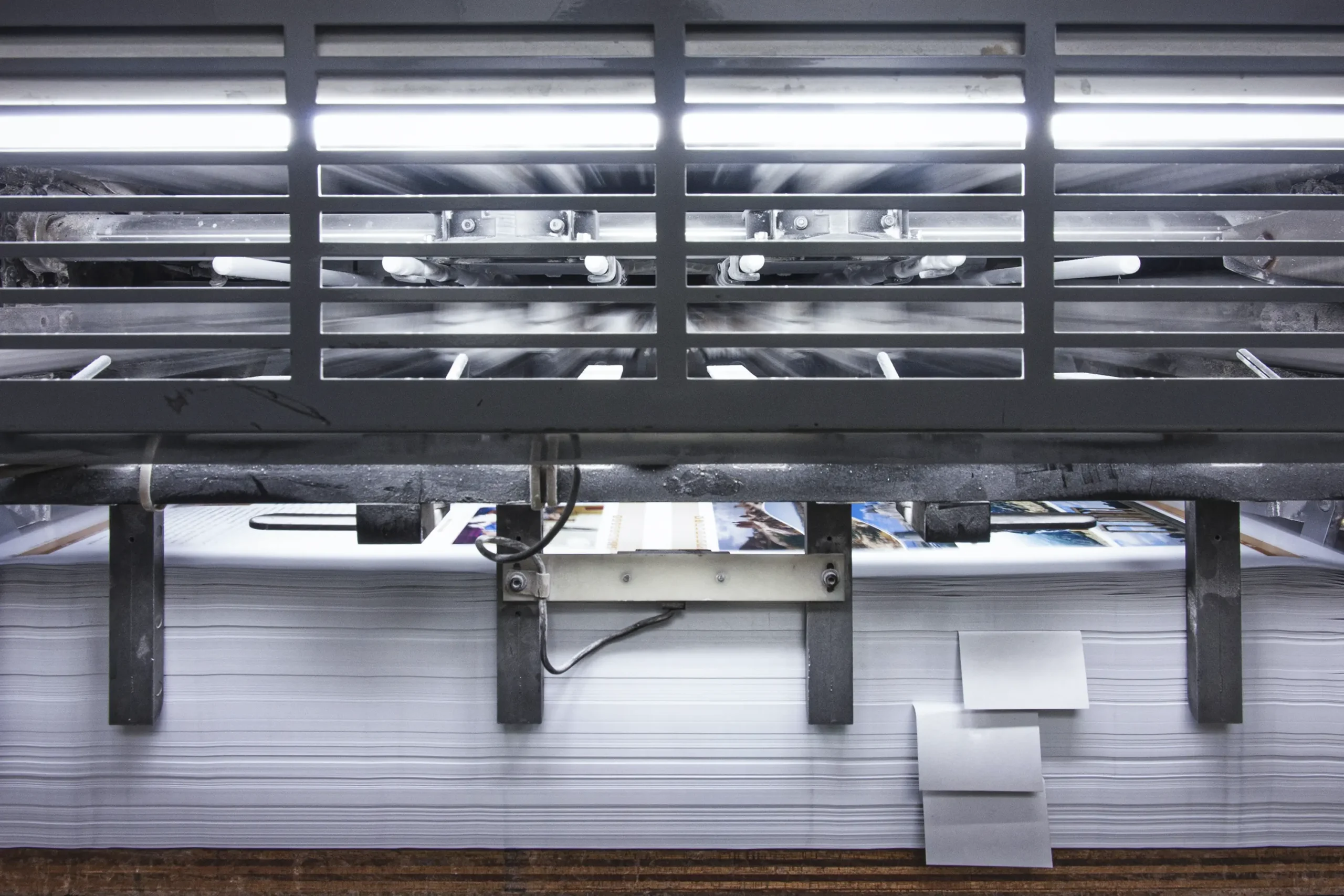
Image by Verced.
As a designer or marketer, you know how important it is to get your print materials just right. Whether you’re creating a brochure, business card, or banner, you want to make sure everything is perfect before sending it off to the printer.
The print checklist.
To help you get your print materials ready, here’s an essential pre-print checklist with nine things to do before going to print:
- Proofread: One of the most important things to do before going to print is to proofread your document thoroughly. Check for spelling and grammar errors, and make sure all of the information is accurate and up-to-date. Pay attention to details like punctuation and capitalization, as these can make a big difference in the overall appearance of your document. Consider asking a colleague or friend to proofread as well, as fresh eyes may catch mistakes that you might have missed.
- Check formatting: Make sure the formatting of your document is consistent and looks the way you want it to. This includes margins, font sizes, and line spacing. Pay attention to the alignment of text and images, and make sure that everything is properly spaced and positioned. If you’re using a template, be sure to check that all of the formatting is correct and that the template hasn’t caused any issues with your document.
- Review images and graphics: Check that all images and graphics are correct and appear as intended. Make sure they are high resolution and not pixelated. If you’re using images from the internet, be sure to check that you have the proper permissions to use them in your printed materials. Also, make sure that any graphics or charts are clear and easy to read.
- Check color accuracy: If you’re printing in color, make sure the colors in your document are accurate and will print correctly. Consider using a color proof or soft proof to see how the colors will look when printed. Make sure that any Pantone colors you have used are correct, and that all colors are properly balanced. If you’re using a color scheme, be sure to check that all of the colors are consistent throughout the document.
- Check paper type and weight: Choose the right paper type and weight for your project. For example, a business card will need a different type of paper than a poster. Consider factors like the intended use of the document, the budget, and the desired feel of the finished product. Be sure to check with your printer to see what paper options are available and to make sure the paper you have chosen is compatible with their equipment.
- Check file format: Make sure your document is saved in a format that is compatible with your printer. Common file formats for printing include PDF, JPEG, and TIFF. Be sure to check with your printer to see what file formats they accept and to ensure that your document will be print-ready.
- Check trim size and bleed: Make sure the trim size of your document is correct, and that you have included bleed (if necessary) to ensure that the printed piece has no white border. Bleed is the area of the document that will be trimmed off after printing, and it is typically about a quarter-inch larger than the finished size of the document. Be sure to check with your printer to see what their requirements are for bleed.
- Check for crop marks: If you’re printing a document that needs to be cut to a specific size, make sure you have included crop marks to indicate where the document should be trimmed. Crop marks are typically placed at the corners of the document and show where the paper should be cut. Be sure to check with your printer to see what their requirements are for crop marks.
- Double-check everything: Before you send your document off to the printer, take a few extra minutes to double-check everything. Make sure you haven’t missed any spelling or grammar errors, that the layout and formatting are correct, and that all images and graphics are in place. It’s better to take a little extra time to check everything than to have to reprint the document due to mistakes.
By following this pre-print checklist, you can be confident that your print materials will come out looking their best. Proper preparation is key to creating professional and effective marketing materials, and taking the time to check all of these items will pay off in the end.


